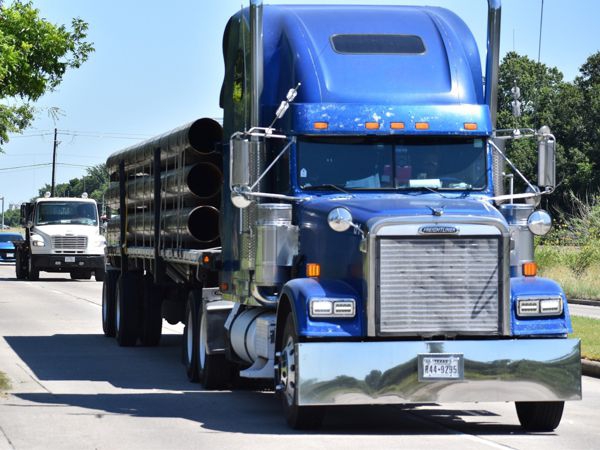
Starting A Successful Trucking Business Is Possible For Everybody
The trucking industry is the backbone of our economy, keeping goods moving across the country. From groceries to electronics, almost everything we use has traveled by truck at some point. It's a vital sector that supports millions of jobs and keeps businesses running smoothly.
According to the Bureau of Labor Statistics, the median annual salary for heavy-duty truck drivers is $47,130, or about $22.66 per hour. With over two million drivers in the U.S., the demand for truckers is expected to grow by 11% between 2020 and 2030 as the economy expands. This growth shows that there are plenty of opportunities for new drivers.
Many new drivers worry about the impact of autonomous trucks on job security. While self-driving technology is advancing, it's unlikely to completely replace human drivers in the near future. Instead, it may complement existing roles and create new ones. Stay updated on these trends to make informed decisions about your career path.
Trucking isn't limited to long-haul tractor-trailers. It includes light and medium-duty vehicles as well. Understanding the different types of trucking can help you find a niche that suits your lifestyle and goals.
In 2021, the demand for truck drivers was high, with good freight rates making it an attractive time to enter the industry. Many owner-operators reported strong profits due to a shortage of drivers. This situation highlights the importance of planning and being ready when opportunities arise.
FMSCA Trucking Industry Registration Statistics
Source: DOT FMSCA
The trucking industry is highly fragmented, with many small operators playing a significant role. Owner-operators make up about two-thirds of all carriers, showing that independent operation is a viable path for many.
Trucking Industry By Carrier Size
Source: DOT FMSCA and Equipment Radar
Takeaway: Small owner-operators represent a large portion of the trucking industry.
Transportation Industry Statistics
According to Bob Costello, Chief Economist of the American Trucking Associations (ATA), trucks move approximately three-quarters of the nation’s freight by weight. While shipping via container ships is often cheaper, trucks remain essential because most businesses don’t have direct access to ports or rail stations.
Freight often uses multiple transportation modes to reach its destination—like ship to rail to truck. Trucks are most efficient for shorter distances, while longer hauls typically rely on ships or trains. Understanding this helps in choosing the right mode for your business.
Transportation Value Shipped By Modes & Mileage
Source: US Department of Transportation Bureau of Transportation Statistics
Takeaway: Trucking (yellow) is the primary method for shipping goods in the U.S., especially for short trips. It accounts for 80% of goods shipped under 100 miles and 50% of goods shipped between 1,500 and 2,000 miles. Data from 2018.
Transportation Services Index
The Transportation Services Index (TSI) measures the volume of freight transportation services in the U.S. It reflects the health of the trucking industry and is closely tied to economic conditions. When the economy grows, so does the demand for trucking.
The TSI is cyclical, meaning it rises and falls with the economy. During economic downturns, demand for transportation services often decreases. Being aware of these cycles can help you plan better for your business.
Source: BTS
Takeaway: The TSI follows GDP and the broader economy, with ups and downs that reflect market conditions.
Be Aware Of The Cycle
Economic cycles can be both an opportunity and a challenge. When the economy is strong, freight rates rise, and when it slows down, they fall. As a trucking business owner, it's crucial to plan for these fluctuations and adjust your strategies accordingly.
Freight rates often follow the economic cycle. To build a sustainable business, you should prepare for potential downturns. Having a financial cushion and a solid business plan can help you navigate tough times and come out stronger.
Source: DAT Flatbed Rates
Takeaway: Freight rates have increased by over 25% in the past year as the economy recovered. Data through August 2021.
Getting Started With Only One Truck
Every successful business starts with an idea. Many great companies began with just one person and a simple plan. Jeff Bezos started Amazon from his garage, proving that big ideas can come from small beginnings.
To start a trucking business, you need three key elements:
- Capital (Money): You'll need money to get started, whether from savings, loans, or investors. Investing wisely ensures that your business can grow over time.
- Labor & Perseverance: Running a trucking business requires hard work and dedication. You'll wear many hats, from driving to managing expenses and maintaining your truck.
- Luck: While luck plays a role, it's important to focus on what you can control. Planning and preparation increase your chances of success.
Create A Business Plan
A business plan is essential for any new venture. It outlines your goals and strategies, helping you stay focused and prepared. Think of it as a roadmap for your business journey.
When creating a business plan, be realistic and avoid overly optimistic assumptions. A well-thought-out plan increases your chances of securing funding and building a strong foundation for your business.
Your business plan should include:
- Summary: A concise overview of your business plan.
- Company Description: Details about your company, including location, services, and operations.
- Market Analysis: Research on the trucking industry and local market conditions.
- Competitive Analysis: Understanding the competition and how to stand out.
- Product/Service Offering: Define the services you will offer and their unique value.
- Marketing Plan: Strategies to promote your business and attract customers.
- Financial Plan: Budgeting and forecasting to manage your finances effectively.
Getting Your Commercial Driver’s License
All long-haul truck drivers must have a commercial driver’s license (CDL). Requirements vary by state but typically include passing written and driving tests. Some states may deny CDLs if you've had previous suspensions.
Additional endorsements can be added to your CDL for specialized driving, such as transporting hazardous materials. These require extra testing and background checks.
Federal regulations require CDL drivers to maintain a clean driving record and pass regular medical exams. Random drug and alcohol tests are also part of the process. Violations can lead to suspension or loss of your license.
Other Legal Requirements & Regulations
US DOT Motor Carrier (MC) Authority Number
Register with the Federal Motor Carrier Safety Administration (FMCSA) to obtain your MC Authority Number. This number is used to track your compliance and safety records.
You must complete the MCS-150 form and submit it for review. The FMCSA will post your application for public comment before approving it.
Unified Carrier Registration (UCR)
After obtaining your MC number, register for the UCR to ensure your insurance is valid in all states where you operate.
International Registration Plan (IRP) License Plate
The IRP plate allows you to operate in the U.S. and most Canadian provinces. Annual fees are required to keep it active.
Heavy Highway Use Tax Return (Form 2290)
Trucks over 55,000 pounds must pay the Federal Excise Highway Tax. Complete Form 2290 annually with the IRS to settle your tax obligations.
International Fuel Tax Agreement (IFTA) Permit
The IFTA permit allows you to file fuel tax returns quarterly in your registered state. Learn more about IFTA here.
BOC-3 Form
Register an updated BOC-3 Form with the FMCSA to designate a process agent for interstate operating authority.
Electronic Logging Devices (ELD)
Since 2017, the DOT requires ELDs to ensure compliance with hours of service regulations. Read more about the ELD mandate.
Understanding Start-Up Costs and Operating Profit / Expenses Of Trucking Businesses
Starting a trucking business involves two main costs: start-up and operating expenses. Creating a budget helps you estimate these figures and prepare for unexpected costs.
Start-Up Costs
Initial costs include purchasing a truck, upgrades, business registration, licenses, and training. Most people start with between $10,000 and $30,000.
- Truck
- Upgrades and modifications
- Business registration (LLC or legal entity)
- Licensing and regulations
- Training
A new truck averages $140,000, while a used one costs around $60,000. New trailer prices range from $60,000 to $30,000 for used models.
Supply chain issues have made new trucks harder to find, increasing the cost of used trucks. However, many banks and manufacturers offer financing options to help you get started.
Revenue
Most jobs pay per mile driven. Calculate your revenue by multiplying your rate per mile by the miles you plan to drive weekly.
Hours of Service (HOS) regulations limit how long you can drive, affecting your total mileage. Traffic and road conditions also play a role in your productivity.
Deadhead mileage—miles driven without payment—can significantly impact your profitability. Factor this into your calculations to avoid surprises.
Operating Costs
Operating costs include fuel, maintenance, tires, tolls, meals, insurance, lodging, accounting, and advertising. Fuel is usually the largest expense.
- Fuel
- Oil, diesel exhaust fluids (DEF), and other fluids
- Regular maintenance
- Tires
- Tolls
- Meals on the road
- Insurance
- Lodging and showers for long routes
- Accounting
- Cell phone
- Advertising
- Load boards and logistics subscriptions
Fuel efficiency varies widely, with newer trucks offering better mileage. OOIDA's survey found an average of 6.2 miles per gallon.
Maintenance costs increase as trucks age, especially after five years. Factory warranties may cover some repairs initially.
There can be a delay between when you spend money and when you get paid, known as working capital. Plan for this by having enough cash on hand.
Not all customers will pay on time. Expect some bad debt, especially with smaller or undercapitalized companies.
Average Industry Numbers
According to OOIDA's 2020 survey, the average owner-operator earns $190,000 annually, driving about 121,000 miles. Total expenses were $124,500, leaving a net profit of $65,500.
Expenses included:
- Fuel $42,865 (35% of total expense, $0.35 per mile)
- Maintenance $21,000 (17% of total expense)
- Tires $5,000 (4% of total expense)
- Tolls $3,000 (3% of total expense)
Remember, taxes reduce your take-home pay. You can write off depreciation on your truck to lower your taxable income.
Importance Of Having A Budget Cushion
Unexpected events can happen at any time, like accidents, equipment breakdowns, or sudden changes in fuel prices. Having a budget cushion helps you handle these situations without falling behind.
Proper insurance coverage is also essential. It protects your business from major losses and helps you recover quickly from setbacks.
Building a strong financial buffer and having contingency plans increases your chances of long-term success. Even during industry downturns, those who are prepared can thrive when the market improves.
Aim for three to six months of operating expenses as a safety net. Talk to your insurance provider to ensure you're covered for a wide range of risks.
Can I Start My Business With No Money?
Yes, it's possible to start a trucking business with no upfront money. However, you’ll still need funds for initial costs and short-term expenses. Options include loans from family, friends, or banks.
You can finance or lease a truck, depending on your financial situation. Dealerships will assess your credit and business plan before offering financing.
Always plan for unexpected expenses. Having a financial cushion and a solid business plan increases your chances of success.
Find Similar Articles By Topic
#transportation #trucks #checklists
Car Using Condensator And Evaporator
Application:
Refrigerator, freezer and other refrigeration equipment evaporator
Raw materials:
1) Aluminum Tube: ¢8.0×0.7~1mm
2) Aluminum foil: sheet thickness T = 0.15 ~ 0.25mm
3) Side panel: aluminum plate T=0.8~1.5mm
Main Process:
| 1.Bending | 2.Stamping | 3.Expansion |
| 4.Degreasing | 5.Welding Assembly | 6.Leak Detection |
| 7.Drying | 8.Inspection | 9.Packing |
Technical Specifications:
1) oblique insertion type: fin specification 50×19.05×N; 60×19.05×N (N≥4)
2) Expansion type: fin size 60×28; 52×28
3) Compression type: fin size 50.8×203.2
Can be customized according to customer drawings or sample requirements
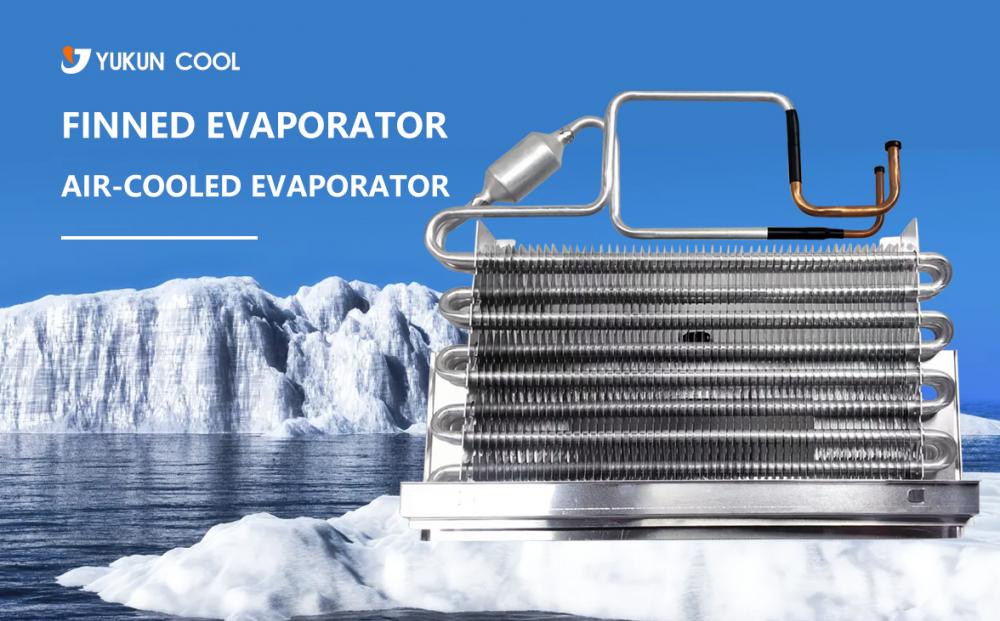
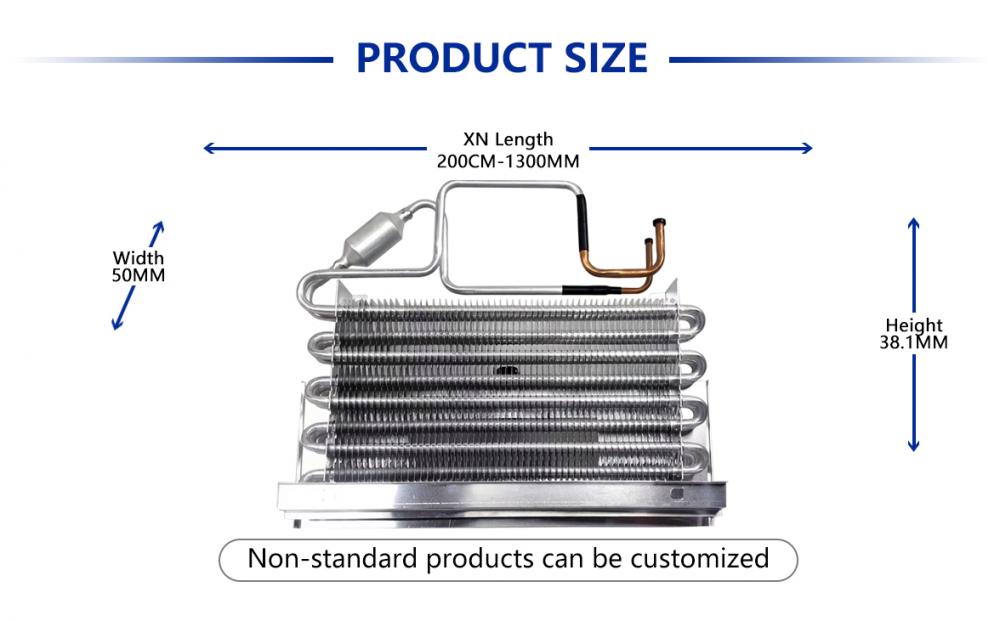
Xinxiang Yukun Refrigeration Technology Co. is a production and sales of refrigeration two apparatus parts and sheet metal products, mainly engaged in condenser, evaporator, heat exchanger, reservoir, filter drier, Fin Evaporator (condenser), Stamping Parts, sheet metal parts, aluminum tubes for refrigeration, etc.
Our evaporator and condensers are being supplied to Norway, Russia, Ukraine, Korea, Japan, Pakistan, India, Malaysia, Indonesia, Sri Lanka, Bangladesh, Saudi arabia, Lebanon, Syria, Turkey, Italy, Britain, Spain, Portugal, USA, Chile, Peru, Argentina, Brazil, Russia, Ukraine....for many years.
If you have any interest, pls feel free to contact with us at any time. We can supply copper evaporator and copper condensers according to your drawings or samples.
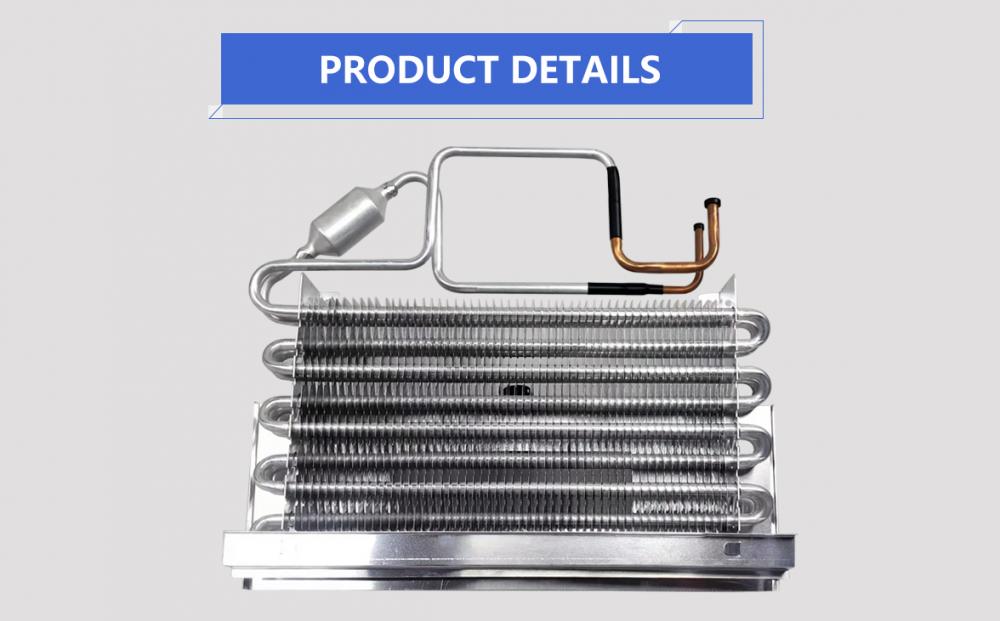
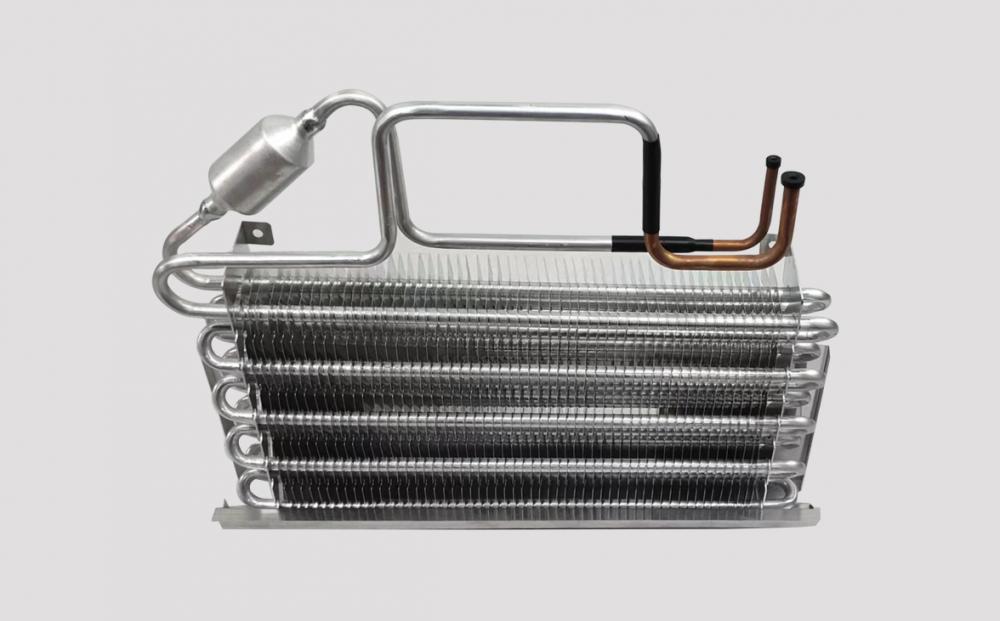
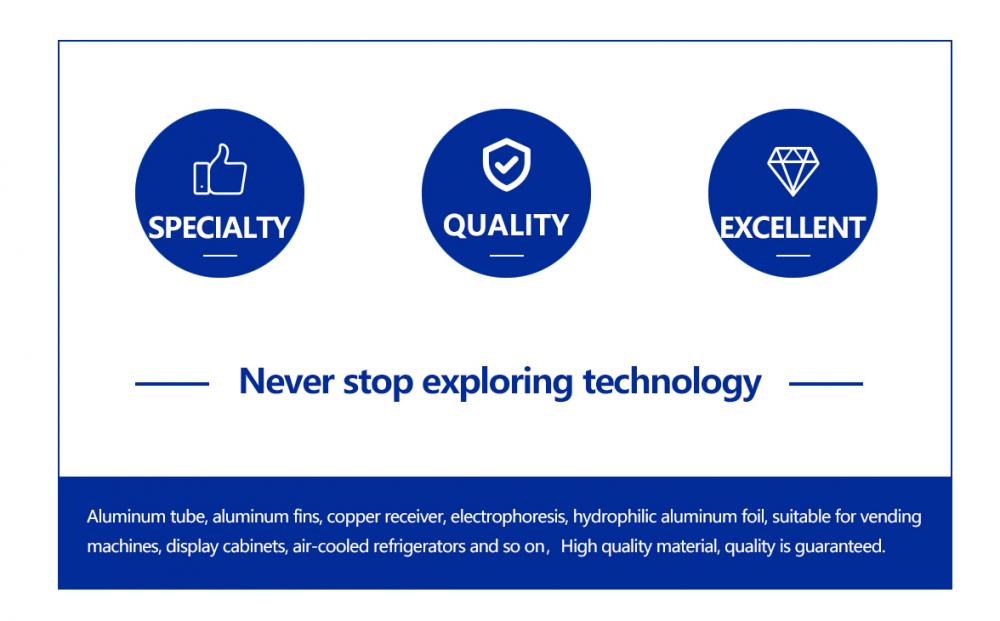
car,condensator,evaporator
Xinxiang Yukun Refrigeration Technology Co.Ltd , https://www.yukunevaporator.com